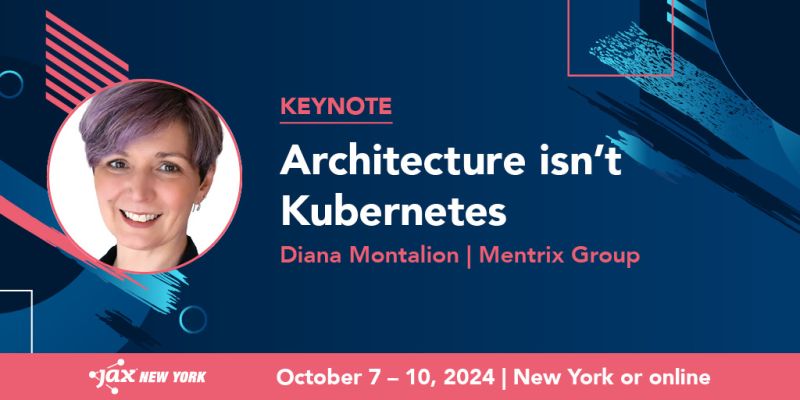· Diana Montalion · Events · 1 min read
Mindshifts: Thriving in the Systems Age -- OOP
In my lifetime, we have experienced the equivalent of 20,000 years of change. Nonlinear change. In many respects, we are the architects of change, yet we seem to do the same things again and again, expecting different results.

In my lifetime, we have experienced the equivalent of 20,000 years of change. Nonlinear change. In many respects, we are the architects of change, yet we seem to do the same things again and again, expecting different results.
Digital information systems have had a staggering effect on relational complexity. Yet, we still approach software development in a mechanistic, industrial and reductionistic way of our thinking.
As Robert Pirsig said, “If a factory is torn down but the rationality which produced it is left standing, then that rationality will simply produce another factory.”
What is “the rationality that produced” our current approaches? What are the four mindshifts that will help us thrive in the systems age?



